In terms of making your home or your condo unit PWD-friendly, complete remodeling is not the goal. Instead, making little modifications and having multifunctional appliances and furniture at home will be your easiest option. In this article, learn ten elements you can incorporate in your condo unit to make it PWD-friendly.
PWD-Friendly Designs For Condos
- Ramps to go up and down
- Ditch the doorknob for lever handles
- Widen your doorways for wheelchairs
- Flat thresholds
- Safe flooring
- Grab/support bars in bathrooms
- Accessibility bathroom essentials
- Appliances with knobs in front
- Lower countertops and tables in the dining room
- Two-way switch
PWD Friendly Design # 1: Ramps to go up and down
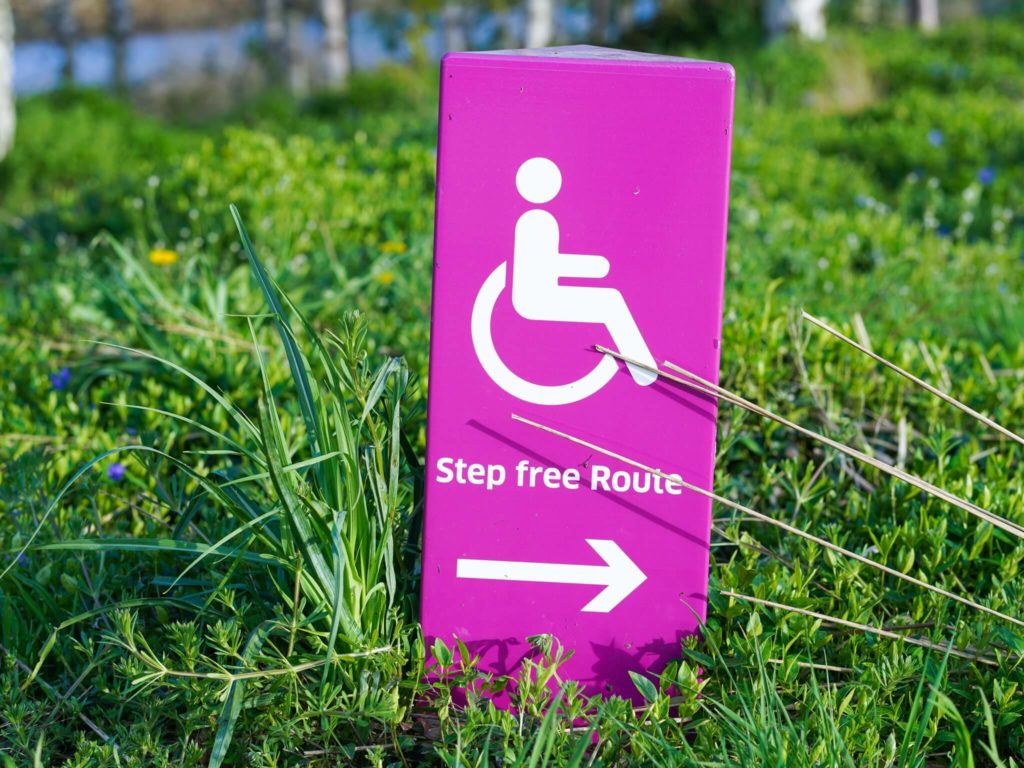 Photo courtesy of Yomex Owo via Unsplash
Photo courtesy of Yomex Owo via Unsplash
Wheelchair ramps are a simple yet very important solution for PWDs to gain access to places. Thanks to the advancement of technology, stair-climbing wheelchairs have now been invented. But not everyone can purchase these fancy, expensive, (and sometimes unsafe) mobile chairs. This is why many believe that what PWDs need are just more ramps which are more simple and practical. Ensure that your condo has ramps to and from the building for easy access of wheelchairs and elevators; so that persons with disabilities can easily get around.
The National Council for Disability Affairs requires access ramps to be “below 1:12 slope gradient with non-skid flooring finish…,1.2 meters wide, with handrails on both sides with 0.9 and 0.7 meters in height and with 0.30 meters extensions at the start and end of handrails.”
PWD Friendly Design # 2: Ditch the doorknob for lever handles
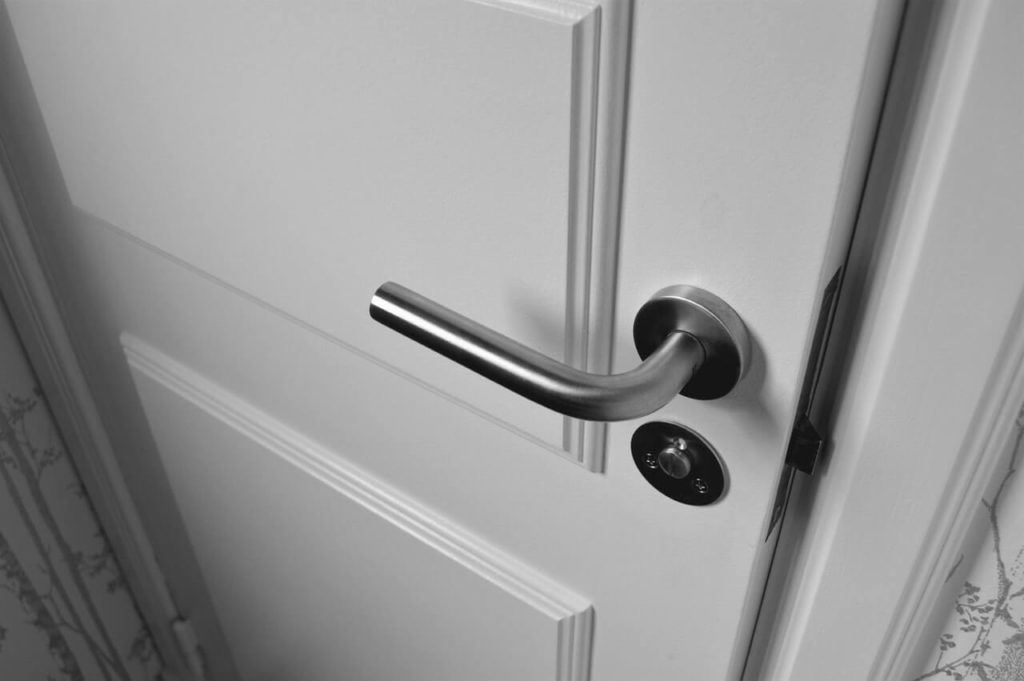 Photo courtesy of Jonathan Petersson via Pexels
Photo courtesy of Jonathan Petersson via Pexels
Knobs may be difficult to use, for people with arthritis and weak grips. To make your condo accessible to the handicapped, use lever handles instead. By pushing down the lever, PWDs can easily open doors and enter while lessening the occurrences of twisting their wrists. A quick and easy fix, right?
PWD Friendly Design # 3: Widen your doorways for wheelchairs
 Photo courtesy of Steven HWG via Unsplash
Photo courtesy of Steven HWG via Unsplash
The Americans with Disabilities Act (ADA) specified door specifications; so that PWDs can easily enter a door, The ADA said, “Entryways [should be] at least 32 inches wide, as measured between the door’s face and the opposite doorstop when the door is open 90 degrees. Clearance around doors must be 36 inches.”
Moreover, the door handle should be designed for easy gripping and are not mounted more than 48 inches above the floor; so that anyone who is sitting on a wheelchair can still hold it properly. In the Philippines, sliding doors or a door that swings outward is a minimum requirement for PWD-friendly doors.
To adhere to the standard, you can use these measurements when adjusting your condominium doors and space as well. Just make sure to talk to your building administrator to see if you can make the following adjustments to your unit.
PWD Friendly Design # 4: Flat thresholds
Thresholds should be flat to avoid jarring the wheels of the wheelchair or cause the wheelchair user to stumble. Anything higher than 1/2 inch can be a safety hazard, especially those who are in a wheelchair or have difficulty walking or seeing.
If you have existing thresholds higher than 1/2 inch, there are ways to make them safer for your handicapped family members, such as lowering it by sanding it down, investing in a portable threshold, buying a threshold ramp, or painting it with bold colors.
PWD Friendly Design # 5: Safe flooring
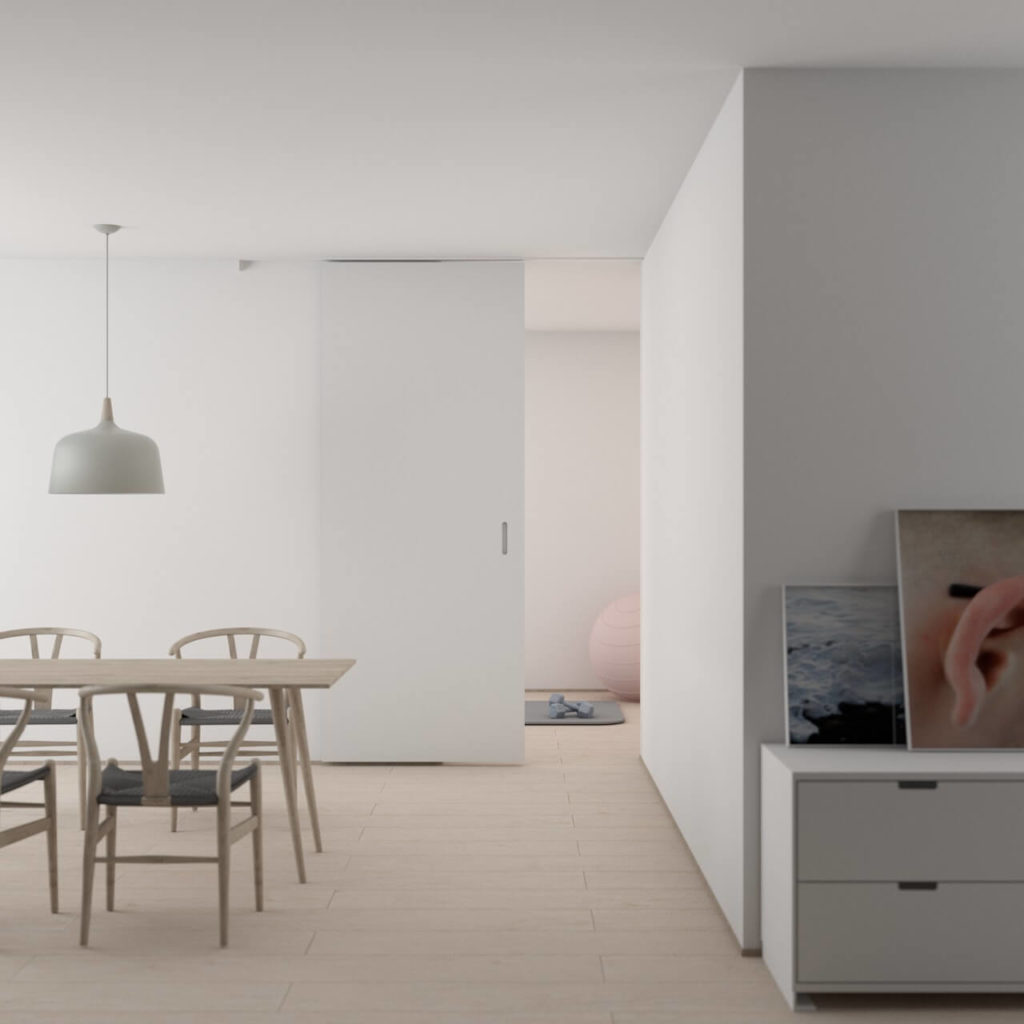 Photo courtesy of Carlos Diaz via Pexels
Photo courtesy of Carlos Diaz via Pexels
The flooring is another concern for families living with persons with disabilities. Make sure that your condo unit has a big enough floor area for them to move around in, including the toilet rooms. Electrical cords and wires should either be tucked behind furniture or mounted along the baseboards; so that PWDs won’t trip over them. Comforters, curtains, bed skirts, and furniture covers should not hang too low on the floor, to avoid tripping anyone at home.
Floors should be skid-proof and slip-resistant. PWD-friendly homes ideally don’t have rugs and runners, as these can cause tripping. If you prefer to have them, however, it would be ideal to secure them with carpet tape. As much as possible, avoid plush and textured rugs and carpets because a wheelchair can be difficult to move through them. Handicap toilet and shower floor should have rubber mats on them to prevent persons with disabilities from slipping when the floors become wet.
PWD Friendly Design # 6: Grab/support bars in bathrooms
Another safety feature that should be included in bathrooms for the handicapped are support bars. According to the ADA guide, bars must be 1 ¼ to 1 ½ inch in diameter and must be installed between 34 and 38 inches above the flooring. Distance between the grab bar and the wall surface should be at least 1 ½ inches. These bars must have round edges and return to the wall or another anchor point; so as not to have any exposed ends where someone may hurt himself. Grab bars must be installed behind the handicap toilet and on the nearest wall as well as in showers.
PWD Friendly Design # 7: Accessibility bathroom essentials
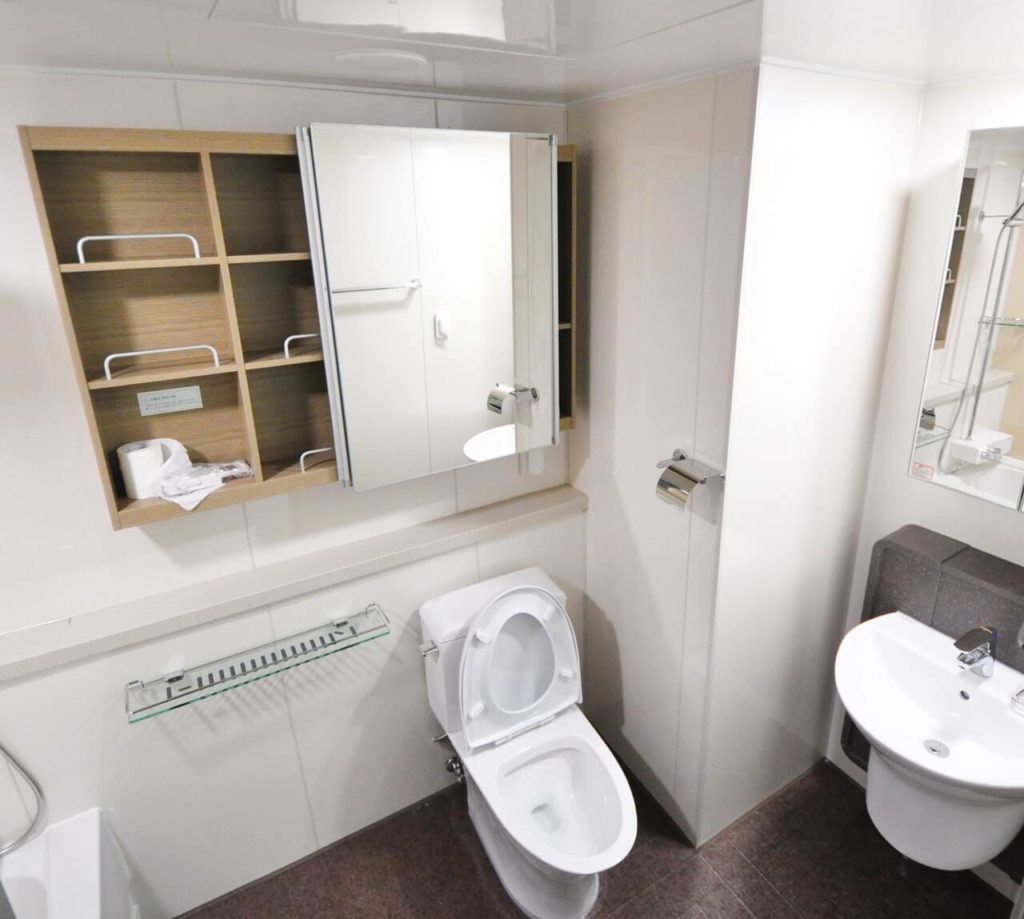 Photo courtesy of Pixabay via Pexels
Photo courtesy of Pixabay via Pexels
Having compartments under your sink can pose a difficulty for your PWD relatives who are dependent on wheelchairs. With these compartments blocking the way of their wheelchairs, they might not be able to comfortably use the sink. To prevent this from happening, install pedestal sinks in your toilet area. These sinks allow access under the sink and on both sides of its pedestal, making it easier for persons with disabilities on a wheelchair to access them. Faucets in your accessible condo unit should also be the single-lever type; so that PWDs can easily maneuver them.
The height of a standard toilet is 14.5 to 17 inches. Handicap toilet seat heights, on the other hand, must be 17 to 19 inches above the floor. If your budget would not allow you to purchase a toilet that conforms to this height, simply attach an elevated seat on your toilet, to make PWDs more comfortable in using it. The flush must be automatic or within reach.
Handicap showers must have chairs/benches inside on which a PWD can sit comfortably while taking a bath. Make sure that these seats do not become slippery when they come in contact with soap and water; so that a person with a disability won’t slide from there while bathing.
PWD Friendly Design # 8: Appliances with knobs in front
PWDs, in spite of their disabilities, are capable of doing things on their own. In fact, they want to do things on their own to acquire a sense of fulfillment and a degree of independence. To make it easy for them to do simple household chores, it is ideal to have appliances that have knobs in front instead of on top.
For example, a stovetop with knobs in front vs. the ones with knobs on top are easier to use and require minimal effort to use. Another example are front load washing machines. This appliance is a breeze to use for PWDs sitting on wheelchairs. This allows them to do their laundry without having to stand up.
When placing items in the refrigerator, make sure to reserve the bottom shelves and door racks for family members using wheelchairs; so that they can easily access them.
PWD Friendly Design # 9: Lower countertops and tables in the dining room
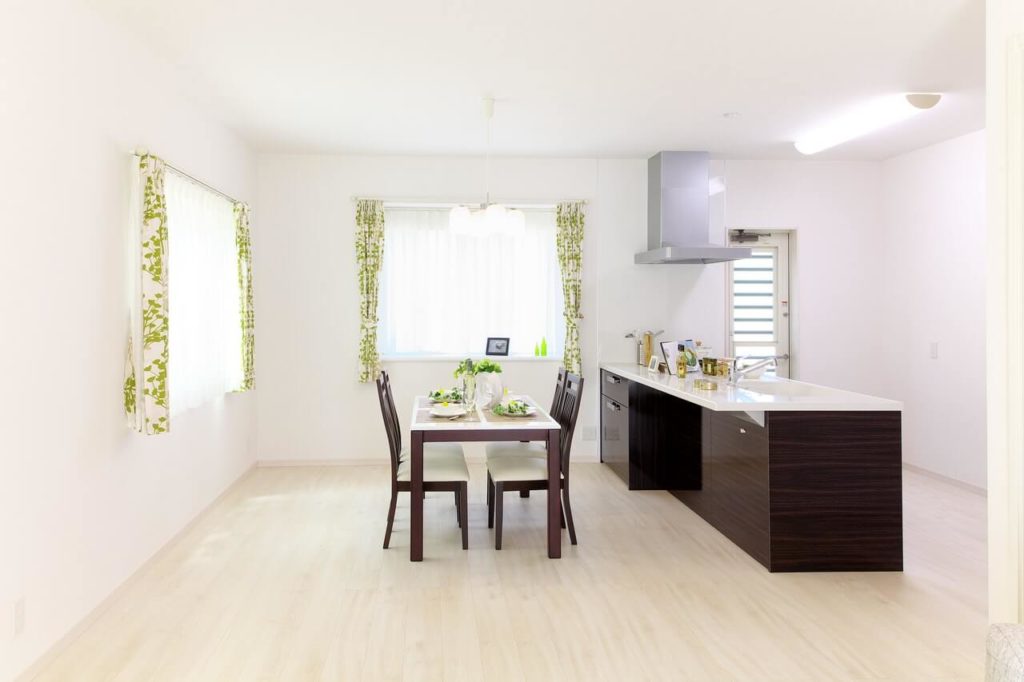 Photo courtesy of Pixabay via Pexels
Photo courtesy of Pixabay via Pexels
Countertops and dining tables in the kitchen should be adjustable or at least have a comfortable height that can easily be accessed by your PWD family members, both when standing up and sitting down on a stool or a wheelchair. Standing in the kitchen while working may not be comfortable for PWDs; so they might prefer to sit while doing their work in the kitchen. Moreover, make sure that there are no cabinets under your kitchen sink and stovetop, to allow plenty of legroom for a wheelchair to roll into.
PWD Friendly Design # 10: Two-way switch
Televisions, electric fans, and air conditioning units can easily be operated with a remote control. Most homes and condo units, however, are installed with non-remote operational light switches. To help PWDs switch off the light in their bedroom without having to get up and walk in the dark or call anyone to switch it off for them, install a two-way switch. Install one at the door entrance and another one near their bed.
If, however, you want to remodel your unit to make it handicap-friendly, know that it can be very costly. Before you commit to this decision, it would be wise to consider the cost of the renovation.
Notify your condominium’s management about your plans. When making renovation plans for your unit, familiarize yourself with your condo’s association rules. This will help you know which types of renovation may and may not be permitted in your unit.
DMCI Homes can assist you in your interior design ideas to make sure that it is safe, accessible, and comfortable to people with disabilities living in your unit. With some adjustments in your home can make it more comfortable and accessible to everyone.


